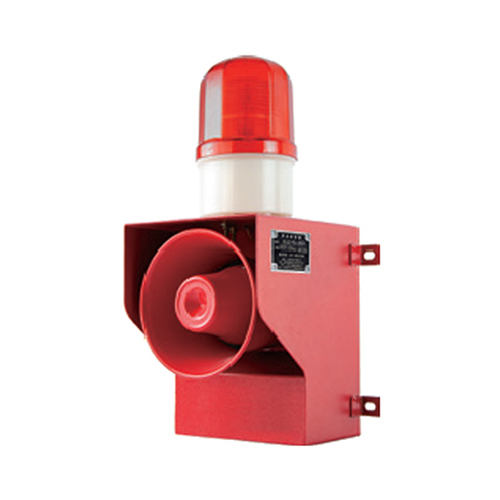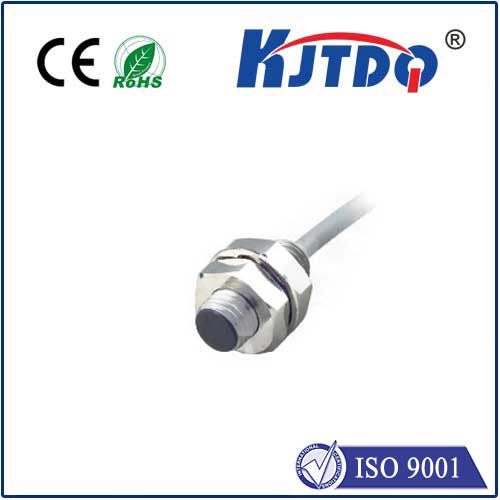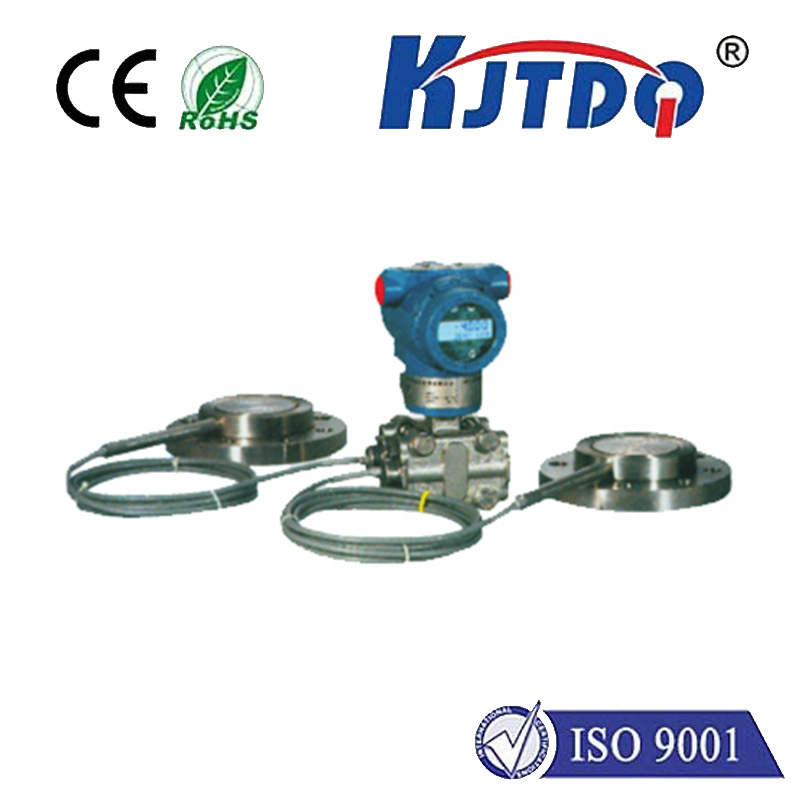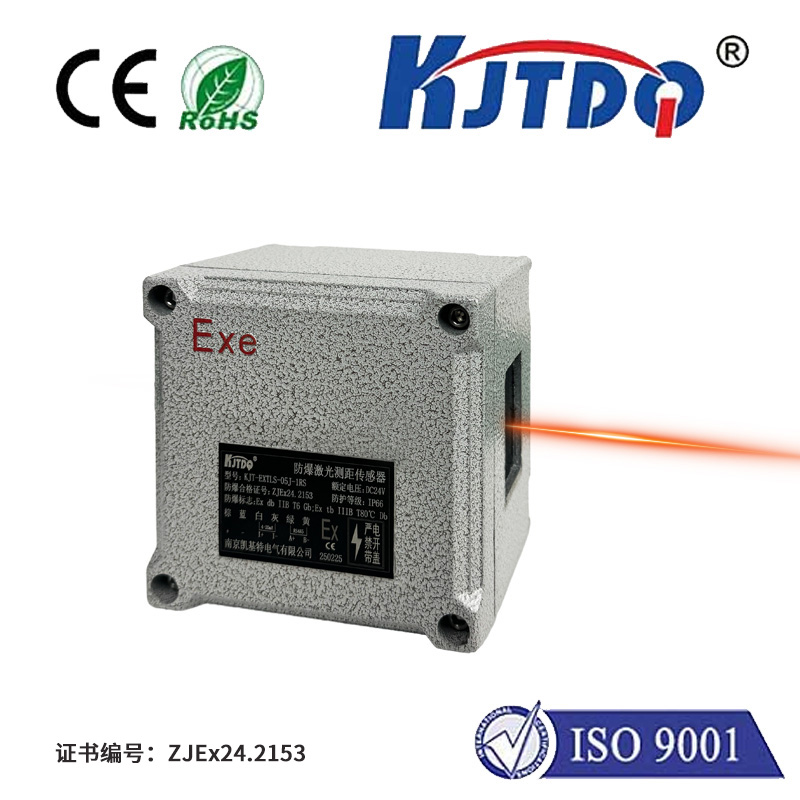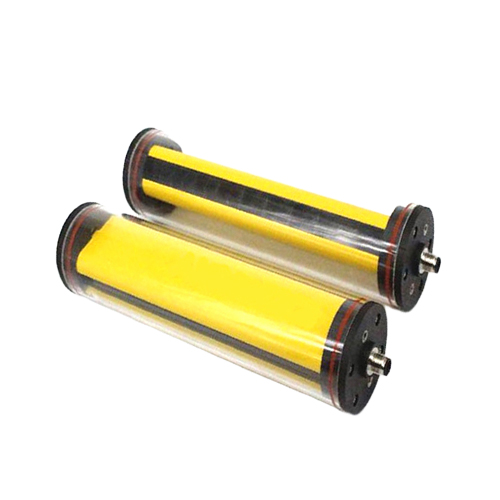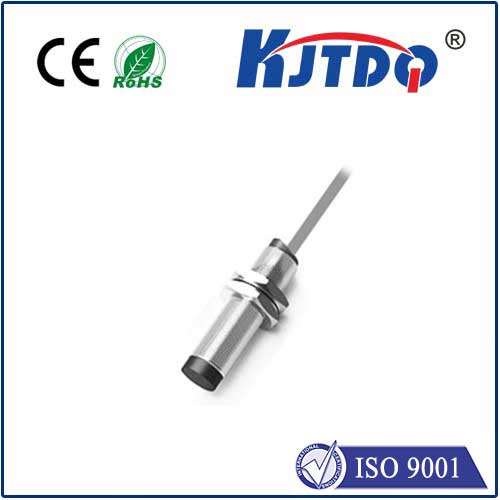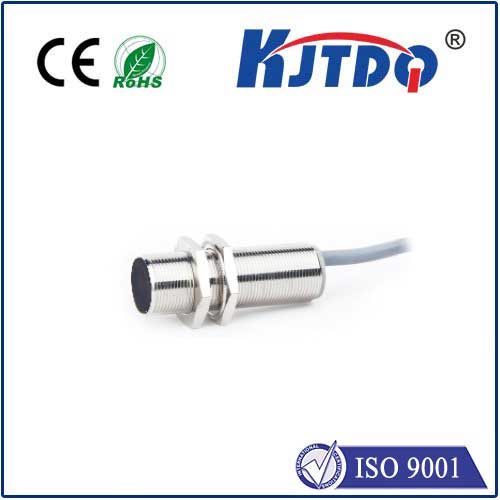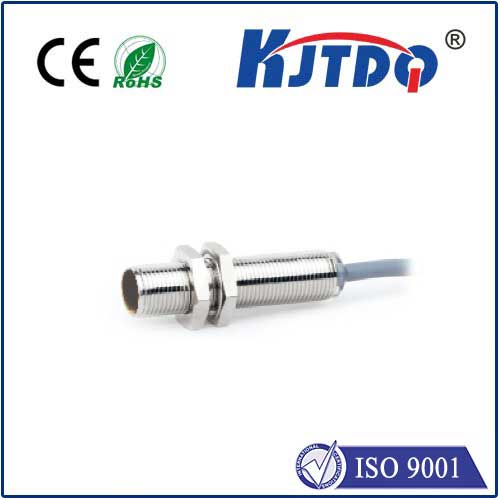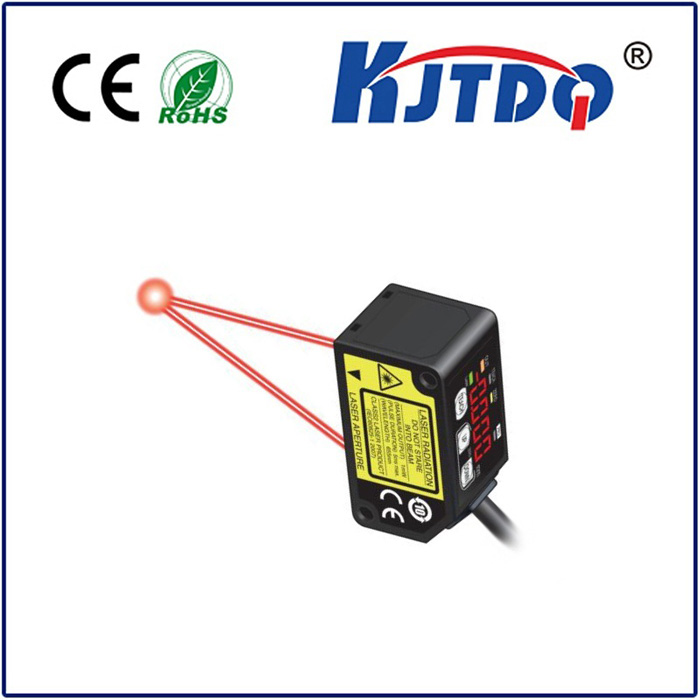simbol proximity sensor
- time:2025-07-19 08:42:25
- Click:0
Simbol Proximity Sensors: The Unsung Heroes of Industrial Automation
Ever wonder how machines “sense” objects without touching them, enabling the lightning-fast, precise automation we rely on today? The answer often lies in a remarkable, yet often overlooked, component: the proximity sensor. And within this critical category, Simbel Proximity Sensors have carved a niche for delivering robust, reliable sensing solutions across demanding industrial landscapes. Let’s delve into what makes these sensors indispensable.
Understanding the Core: What is a Proximity Sensor?
At its essence, a proximity sensor is a device capable of detecting the presence, absence, or distance of an object without physical contact. This non-contact detection capability is revolutionary. It eliminates mechanical wear and tear, allows for high-speed operation, and functions reliably in environments where dirt, oil, dust, or vibration would cripple mechanical switches. They are the electronic “eyes” and “feelers” of countless machines, feeding crucial information to control systems.
The Simbel Difference: Reliability Meet Performance
While many manufacturers produce proximity sensors, Simbel distinguishes itself through a commitment to durability, accuracy, and consistent performance under challenging conditions. Simbel proximity sensors are engineered to withstand:
- Harsh Industrial Environments: Featuring robust housings often rated IP67 or higher, they resist dust, water jets, oils, and coolants common in manufacturing plants.
- Electrical Noise: Industrial settings are rife with electromagnetic interference (EMI) from motors, drives, and welding equipment. Simbel sensors incorporate shielding and filtering to ensure stable operation amidst this electrical “noise.”
- Temperature Extremes: Designed to function reliably across a broad operating temperature range, they perform consistently whether in freezing cold warehouses or near hot machinery.
- Mechanical Stress: Built to endure vibration and shock, maintaining their sensing integrity even on fast-moving or heavy-duty equipment.
How Do Simbel Proximity Sensors Work? (The Science Made Simple)
Most commonly, Simbel sensors utilize one of two primary technologies:
- Inductive Proximity Sensors: These are the workhorses for detecting metallic objects (typically ferrous metals like steel or iron, though some detect non-ferrous metals). Inside the sensor, an oscillator generates a high-frequency electromagnetic field radiating from the active face. When a metal target enters this field, eddy currents are induced within the metal. This energy loss dampens the oscillator’s amplitude. The sensor’s circuitry detects this change, triggering an output signal (switching the sensor “on” or “off”). Key Advantage: Unaffected by non-metallic substances like dirt, dust, or water on the target.
- Capacitive Proximity Sensors: These sensors detect the presence of virtually any solid or liquid material – metal, plastic, wood, glass, paper, granular substances, or even liquids – based on changes in capacitance. The sensor face acts as one plate of a capacitor, and the target object acts (or influences) the other plate. As the target approaches, the capacitance increases. The sensor’s internal circuitry measures this change and switches its output state when a preset threshold is reached. Key Advantage: Detects non-metallic objects that inductive sensors cannot.
Crucial Features Defining Simbel Proximity Sensors
Beyond the core technology, specific features make Simbel sensors particularly effective:
- Sensing Range: Available in various ranges (e.g., 2mm, 4mm, 8mm) to suit different application needs. Accurate specification is vital for reliable operation.
- Output Configuration: Common outputs include NPN, PNP, NO (Normally Open), NC (Normally Closed), and NAMUR (for intrinsically safe circuits). Choosing the correct type ensures compatibility with the control system (PLC - Programmable Logic Controller).
- Hysteresis: A small built-in difference between the switch-on and switch-off points. This prevents rapid switching (“chatter”) if the target is hovering right at the sensing threshold.
- LED Status Indicator: A visual indicator showing the sensor’s power status and detection state, invaluable for installation, troubleshooting, and diagnostics.
- Mounting Options: Flush or non-flush mounting capabilities, threaded barrels, or block styles offer flexibility for diverse installation requirements.
- Short-Circuit & Reverse Polarity Protection: Essential features that enhance longevity and protect both the sensor and connected equipment from wiring errors or faults.
Where Simbel Proximity Sensors Shine: Real-World Applications
The applications are vast, spanning nearly every industry:
- Position Verification: Confirming parts are correctly seated in fixtures, detecting the end position of cylinders, or checking if a workpiece is present before a machining operation begins.
- Object Counting: Tracking products on conveyors, counting bottles on a filling line, or monitoring components entering an assembly station.
- Level Detection: Monitoring fill levels in bins, hoppers, or tanks containing solids (capacitive sensors) or conductive liquids.
- Speed Monitoring: Sensing the teeth of a gear or notches on a rotating shaft to calculate rotational speed.
- End-of-Travel Detection: Safely signaling when a moving part (like a robot arm, sliding door, or linear actuator) has reached its limit.
- Part Presence/Absence: Verifying components are in place on assembly lines, detecting missing caps on bottles, or ensuring pallets are loaded correctly.
- Machinery Safety: Integrating into safety interlocks to prevent machine operation if guards are not closed. (Note: Safety-critical functions require specially certified safety sensors).
Choosing the Right Simbel Proximity Sensor: A Quick Guide
Selecting the optimal sensor involves considering:
- Target Material: Metal? Use inductive. Non-metal or liquid? Use capacitive.
- Required Sensing Distance: Choose a sensor rated for a range slightly longer than your actual gap to account for tolerances.
- Environment: Consider temperature extremes, chemical exposure, potential for physical impact, and the presence of washdowns or steam. Ensure the IP rating is sufficient.
- Electrical Requirements: Match the voltage supply (e.g., 10-30V DC) and output type (NPN/PNP/NPN-NO/PNP-NC) to your control system’s input card. Consider current draw.
- Mounting Constraints: Space limitations dictate sensor size and shape (barrel vs block style) and flush/non-flush capability.
The Invisible Advantage
Simbel Proximity Sensors operate quietly and reliably, often hidden within machinery. Yet, their role is fundamental. By providing non-contact, precise object detection, they form the bedrock of automated processes, enhancing efficiency, improving product quality, and boosting overall productivity. Their robust construction ensures they perform day in and day out, even in challenging industrial settings, making them a trusted choice for engineers and maintenance professionals worldwide. Whether counting cans on a beverage line, ensuring a robotic welder is perfectly positioned, or preventing overfilling in a chemical plant, Simbel sensors are the dependable electronic sentinels enabling modern automation. Ultimately, their value lies not just in detection, but in enabling flawless, uninterrupted operation – the hallmark of reliable industrial automation.





